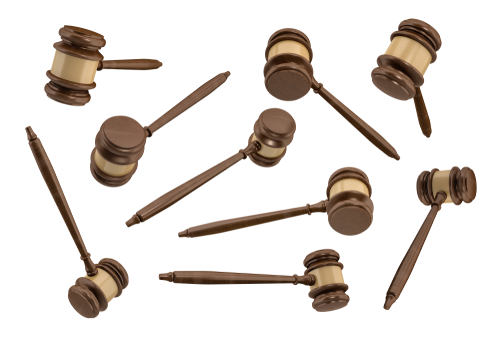A Night At The Museum With Sage
If you have clients concerned about the tracking and tax implications of fixed assets, be sure to come see Sage at the Synergy 3e Conference in Washington, D.C., from November 9 through 12. The conference is just after Halloween, and one of the coolest events – that we will sure to be at – is the Friday Night at the Smithsonian National Museum of Natural History, which is included with the conference fee. According to the event, “Attendees will be able to explore four unique exhibits including the famous Gem Hall featuring the Hope Diamond. Food and drink stations will be located throughout the venue,” but personally, we are hoping that it will be a repeat of “Night at the Museum: Battle of the Smithsonian” – that we’ll see Amelia Earhart flying off into the sunset.
But even if Ben Stiller doesn’t come back to battle animated museum exhibits, we’ll still have a great – and spooky – time around Halloween talking about our favorite scary fixed asset stories: ghost and zombie assets. These assets often get lost in a sea of data and are left to wreak havoc on financial statements. Failing to adhere to correct monthly depreciation schedules can create these assets of the undead, and cause all kinds of compliance chaos.
Both assets arise from poor visibility and improper tracking of fixed assets, often due to over-reliance on spreadsheets and other unorganized, manual forms of data entry.
Ghost assets are those that have been fully depreciated and passed the end of their useful life, but are still being expensed on the income statement—thus leading to erroneously low net income. The ghost assets are visible on the balance sheet, but cannot be physically located (unless, perhaps you are Haley Osment in “The Sixth Sense”). Ghost assets surface with unorganized or neglected depreciation schedules.
Zombie assets, on the other hand, are functioning or active assets that aren’t depreciated on the income statement, therefore missing the benefit of reduced tax liability while exposing a company to compliance issues. Zombie assets exist within the company – you can physically locate them - but they were never added into a depreciation schedule on the balance sheet. Thus, zombie assets may be still active within their useful life but aren’t properly expensed on the income statement.
While many companies are familiar with the concepts of ghost and zombie assets, they fail to fully grasp the depth of the risks that they pose. Ghost assets can bring about false decreases in tax liability and compliance-standards violations. The risk of falsely reduced tax liability and noncompliance makes ghost assets a particularly dangerous foe. In a recent Aberdeen survey respondents emphasized the severe compliance problems that can come from ignoring ghost assets: fines / penalties, damaged reputation, loss of customers, a significant decrease in profit margins, and even jail time for executives!

Although not as criminally detrimental as ghost assets, zombie assets can be more financially damaging. Zombie assets can lead to erroneously high net income, meaning an erroneously high tax liability.
Neither ghost assets nor zombie assets are good, Halloween fun. So be sure to stop by our Synergy 3e both for all of the best ghost-busting and zombie-hunting fixed asset managing tips. And, maybe, together we’ll get to see Teddy Roosevelt ride again.
This content is advertising.



